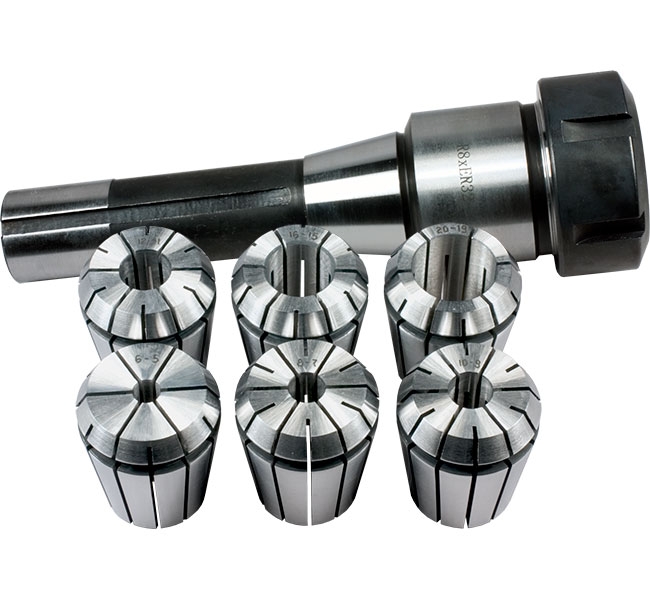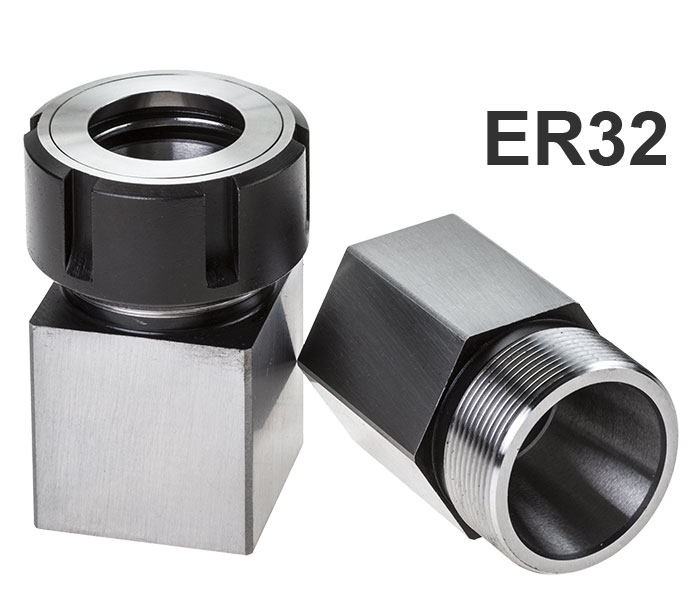Posted by DutchDan on 23/03/2022 10:44:40:
Dave, one of the things I'll be getting is an ER32 collet set, … I'm looking at getting one from a reputable brand as I'll be using them for a good long while trying to get accurate results. Any recommendations as to a good supplier? I'd be happy to pay more for something made here in the UK if the quality warrants it.
… And to be fair to Warco, they have been very good so far. I emailed that my oiling can was leaking from the plunger late afternoon, and I had a new working one in the post 2 days later.
Unfortunately I don't know of anyone making ER collets in the UK. They were invented by Rego-Fix, who still make them if you want the real thing. Two UK Stockists, Brunner and MA Ford. Both seem to be price on application, as sign the sellers don't like dealing with hobbyists who faint when told the price and Minimum Order Quantity!
Beware of buying the best, for example industrial collets are likely to have been expensively balanced to run at 30,000 rpm in a CNC machine, waste of money buying them for a hobby machine that tops out at 2500rpm! They're also made of superior steel designed to resist corrosion and multiple automatic tool changes in production machines running flat out 24×7. Again, waste of money on a hobby lathe, because we just don't work out kit that hard.
My unbranded Metric Set and chuck came from Warco, all good. I added a set of ArcEuroTrade Imperial collets later also all good.
On the subject of Quality Assurance, the hobby market is different. Doing full QA at the factory adds significantly to the cost, maybe costing more to conform all is OK than to make it. So below a certain price, the tactic is to let the customer find subtle faults, and the supplier simply replaces the odd duds. This is what Warco did with your oil-can.
Although irritating when inexpensive tools go wrong, most of us get acceptable performance most of the time for reasonable money. Industry can't afford to mess around replacing even a small percentage of defective tools because time is money. They're happy to cough up for reliability in a way hobbyists rarely are! Expect industrial tooling to be at least 3x more expensive, often more.
I avoid buying cheap 'bargain' tools off the web, and I avoid buying the best available to industry. Too-cheap and Too-Expensive are both unwelcome in my workshop. Overspending is a dreadful sin in professional engineering because money wasted on unnecessary features is always better spent on something else.
Boils down to value-for-money, which in my case is met by mid-range tooling. I don't expect to get industrial specification kit for hobby tool money, nor do I need it. I especially don't expect industrial performance from the lowest price products available from the Far East.
Starting out I worried about too much about 'quality': in practice, the sort of tools sold by ArcEuroTrade and similar work well enough for me. (I'm neither amazed by their excellence or disappointed by their cheapness.) If a tool doesn't do what I need, I might move up market, but it's rarely necessary.
But take your personal preferences into account. Tools are just tools in my book, but many get pleasure from using 'good' tools, or are rapidly frustrated by minor imperfections. If that's you, spend the money on high-end new and start looking for second-hand in good nick. Beware second-hand ER collets on the web: used for production they're disposable, dumped when worn out or damaged. Even the best tools are reduced to scrap by hard work…
Dave
jaCK Hobson.




 Can someone cheer me up?
Can someone cheer me up?

